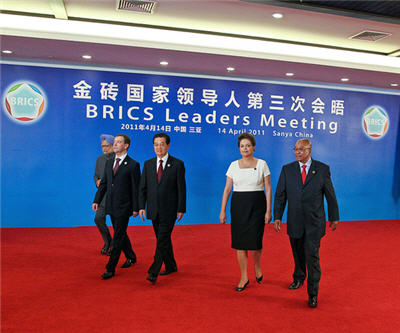
Francesc Balcells and Anton Dombrovsky of PIMCO, the world’s largest money manager with an eye-watering $2 trillion in assets across its various funds, on Tuesday provided insights into the state of emerging markets.
More specifically, the authors ask: With troubles in Ukraine, Turkey, Argentina, Egypt, Thailand, China and elsewhere are we headed into a 1997–1998 style emerging market meltdown?
The current turmoil is not unprecedented: “Every time the Fed has removed monetary accommodation in the past, it has been followed by some form of emerging market turbulence,” argues Balcells.
The same scenario played out in the early 1980s and mid-1990s, and again in the early 2000s.
There is something different this time around however: “The increased importance of growth in China to other emerging markets has introduced a new phenomenon: For the first time, a recovery in the developed markets, albeit tepid and not uniform, is not spurring a recovery in emerging markets.”
Q: Should investors expect a repetition of an emerging-market-wide crisis? And if not, why?
Balcells: We do not think so.
We believe the risk of such an event taking place is greatly diminished as the initial conditions of emerging market countries nowadays are quite different. Taking into account foreign exchange reserves and the level of debt and its composition, balance sheets of emerging market economies are generally in much better shape today than they were in the past. They have more local currency debt and less external debt, and the debt itself has longer maturities. Overall, this has significantly improved policy flexibility, putting many countries in a much stronger position. For that reason, we think that any parallels with the 1997–1998 emerging markets crisis are misplaced.
The biggest difference between then and now is exchange rate flexibility.Over the past few months, exchange rates have been used as a “release valve”. This is no different from what we see in the likes of the Australian dollar, the New Zealand dollar and the Canadian dollar, where no one equates the foreign exchange adjustment to a financial accident. We think the same applies for most of the emerging market countries – though not all.
While this is not 1997, this does not mean there are no vulnerable credits out there. Some countries – those with large external imbalances, pervasive foreign exchange mismatches in the economy or that lack “insurance”, e.g., not enough foreign exchange reserves – will continue to be vulnerable in this environment where liquidity is slowly being withdrawn.
Read the full post at PIMCO Viewpoints